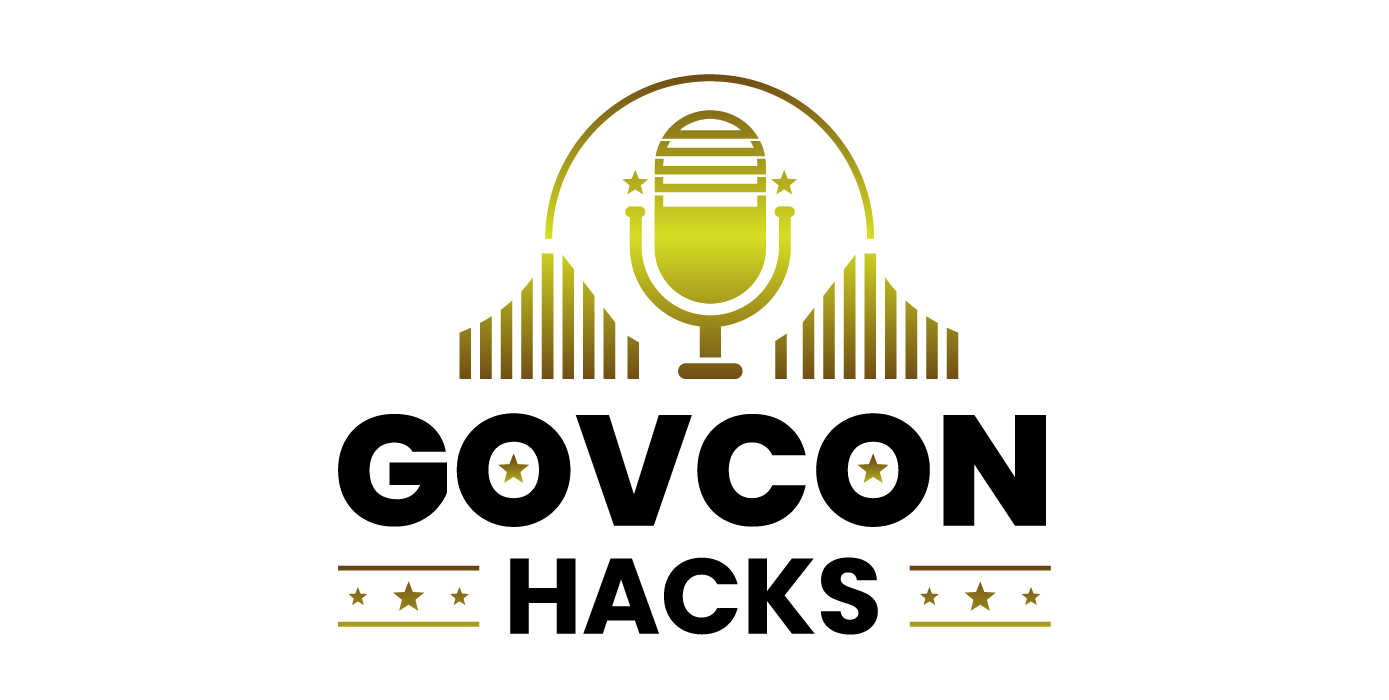Getting Set Up
If you’re not organized, you are already at a disadvantage. A best practice is to have a shared repository for all of your content, drafts, drawings, etc. Have a folder in your secure, shared drive for the resumes of your team members, and keep them updated and accessible to the team to pull from during your proposal process. Some proposal teams are using SharePoint, Slack, and/or (our personal favorite) Monday.
In your database, use your favorite content and save it in a single place when you receive a really good rating to add to your “boilerplate” content. Keep your branded proposal “template” in there to maintain brand consistency. Have another folder for your graphics, one for solicitation documents, etc., to ensure everything is easily found. Keep your process consistent, only tweaking when necessary without sacrificing the quality of your response.
Your Brand Template
Creating a template reduces the need for last-minute formatting and maintains brand consistency in your responses. The template will pre-define variables and act as a “style guide” – color, fonts, abbreviations/ acronyms, style of graphics, margins, icon style, and especially your Section L&M requirements.
Remember that the solicitation will often dictate the font and size, so change that as a first step. A style guide will ensure you and your team consistently use the same abbreviations and acronyms, referring to your procurement offices in uniform, your company or team consistently, and so on.
Your Go/ No Go Analysis
Be sure to have a template for your Go/ No Go Analysis, as investing time and resources into the wrong opportunities is a good way to run in the red before you have enough work to sustain or grow. Some questions you might ask on your Go/ No Go Analysis template are:
- Is this a recompete or a new procurement?
- Is the scope clear?
- Can we perform the requirements with profit?
- Who is the incumbent (if recompete)?
- Do we have a relationship with the customer (agency)?
- Have we met with the customer within the last six months?
- Was this already in our pipeline from the agency forecast?
- Is there a sufficient window to prepare a response?
- Do we have the resources and staff?
- Are there any scheduling conflicts between now and the solicitation due date?
- Who are our potential competitors?
- Will we need a teaming partner or subcontractor?
- Is there a pre-bid conference or site visit?
RFP Analysis & Document Review
- Submittal Requirements – Can you meet them? Any critical flaws?
- Review Evaluation Criteria – Do we have the right people with the right experience? Are they available?
- Read the Terms & Conditions
- Document Requirements for Compliance Matrix
- Create Proposal Schedule
- Schedule Kick-Off Meeting
Proposal Schedule & Task Assignment
At your kick-off meeting, whether you hold it amongst yourselves or bring in your subcontractors, be sure to get buy-in from the team and confirm any time-off requests for the duration of the proposal prep. Confirm who will do what and delegate tasks to your team. Assign your due dates based on the due date of the proposal and include any checkpoint meetings on your teams’ respective calendars for transparency.
Keep your deadlines firm and give yourself enough time for final review before submission to the government by SMEs. Be sure to designate someone to catch any amendments made to the solicitation after the initial release.
Be Ready to Submit Early
After you’ve proofread your proposal, send it to someone else to proofread before your submission deadline. Sometimes a second pair of eyes can be helpful when looking at the same document for weeks or even months.
A best practice is to submit 24-48 hours before the proposal deadline to mitigate any issues you might have from a technical perspective, as we know not all government systems are user-friendly. Having a proposal process in place reduces the risks of silly errors that could cause your proposal to be deemed “nonresponsive” and help you win.
Still have questions? Join our free-forever Government Contracting Community on Facebook or schedule a Strategy Session with Ashley Duwel

